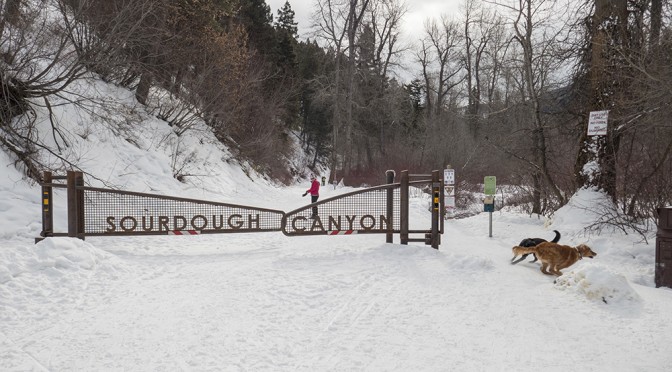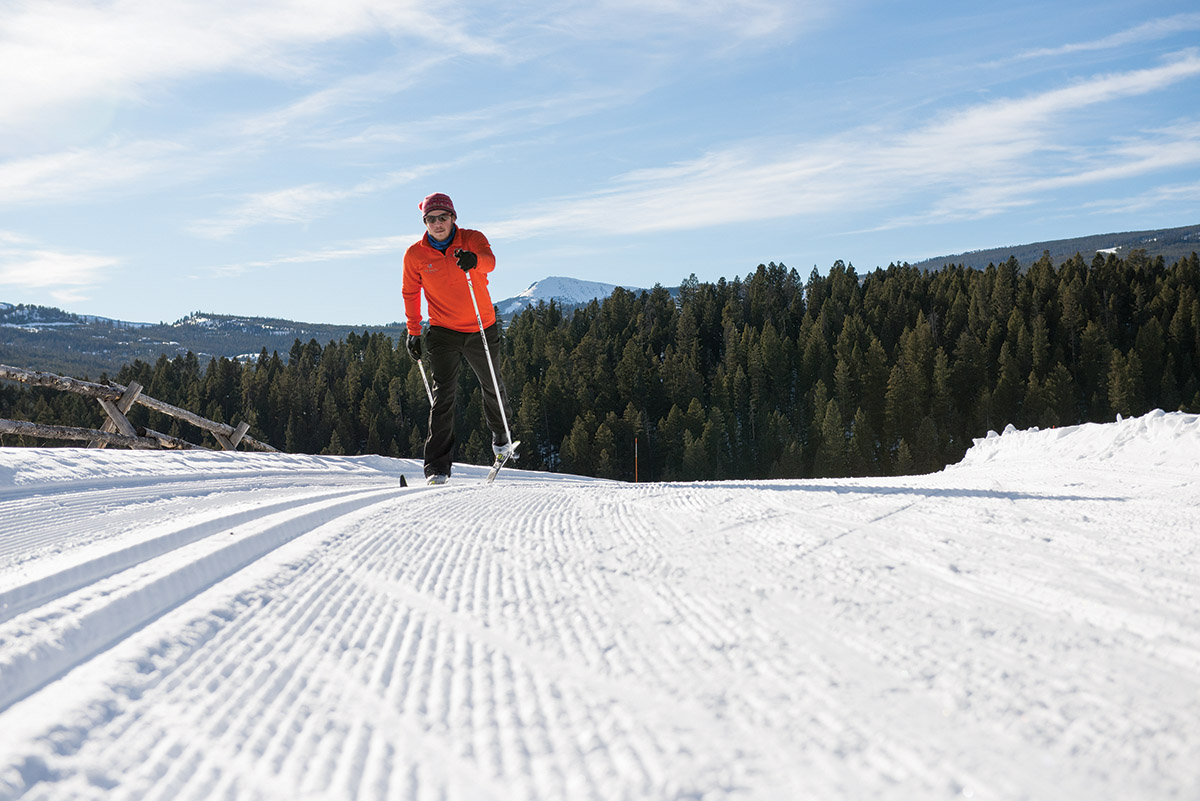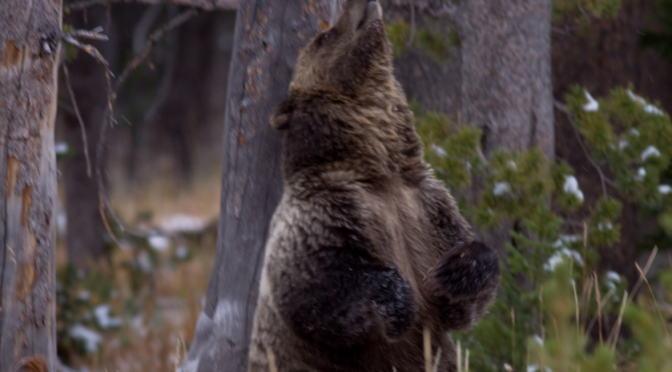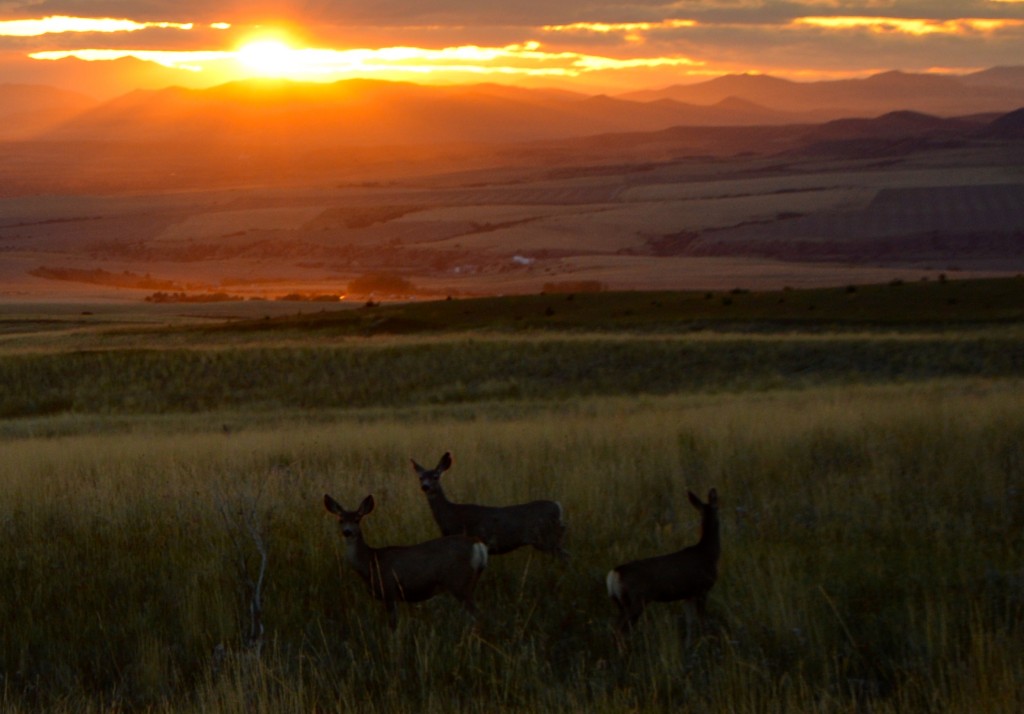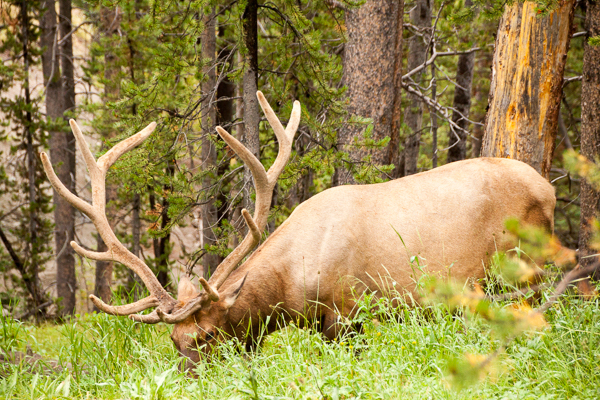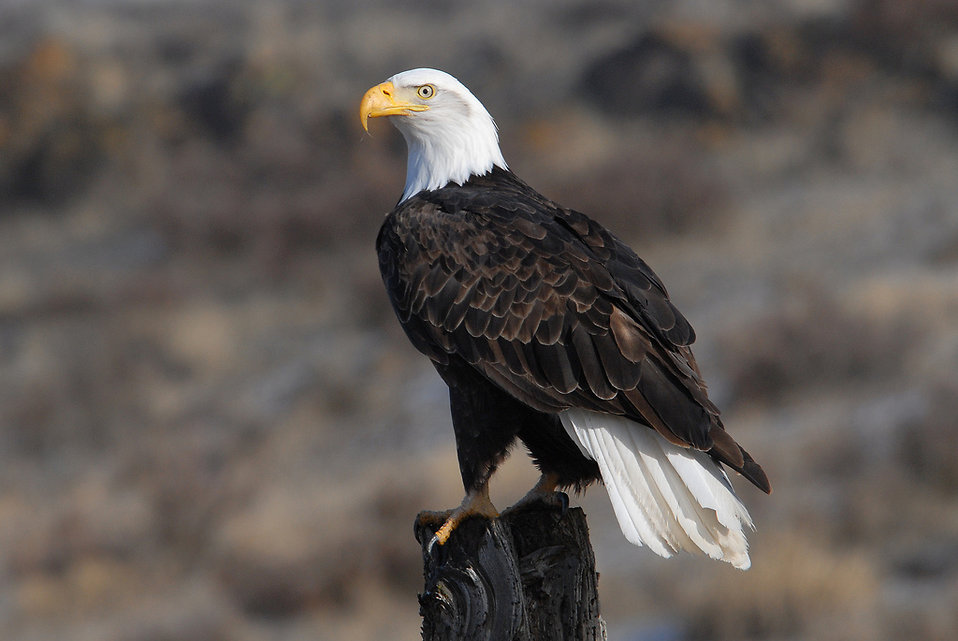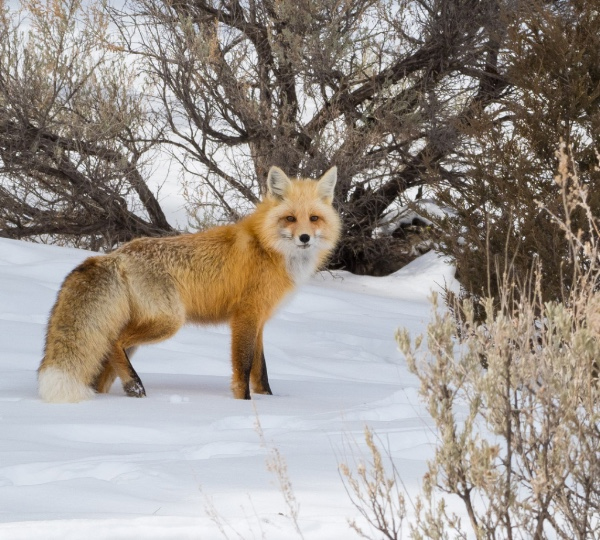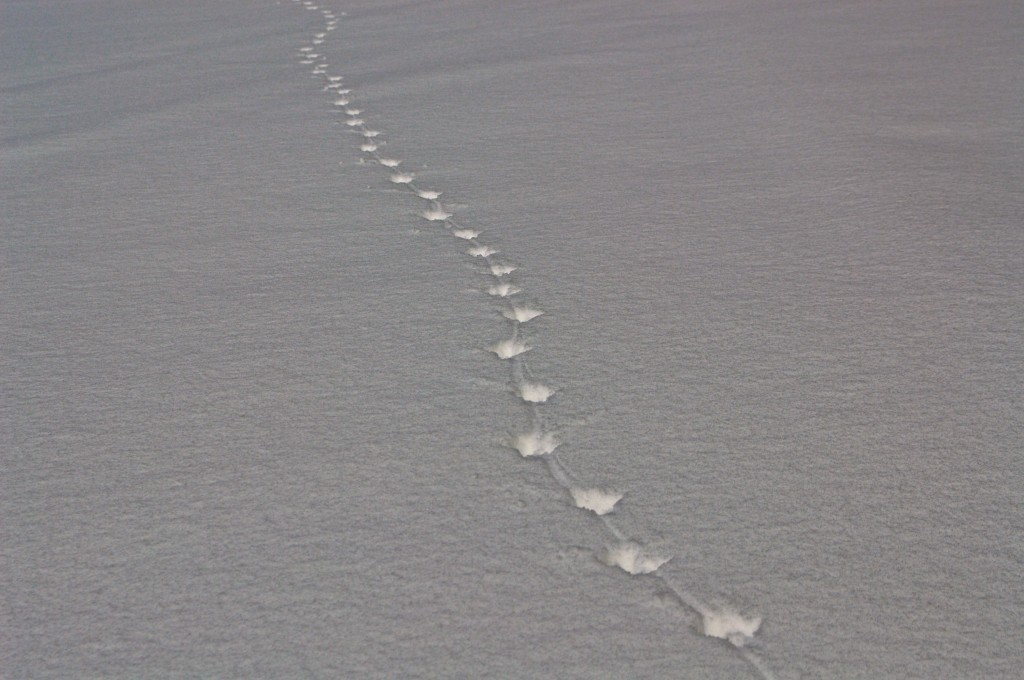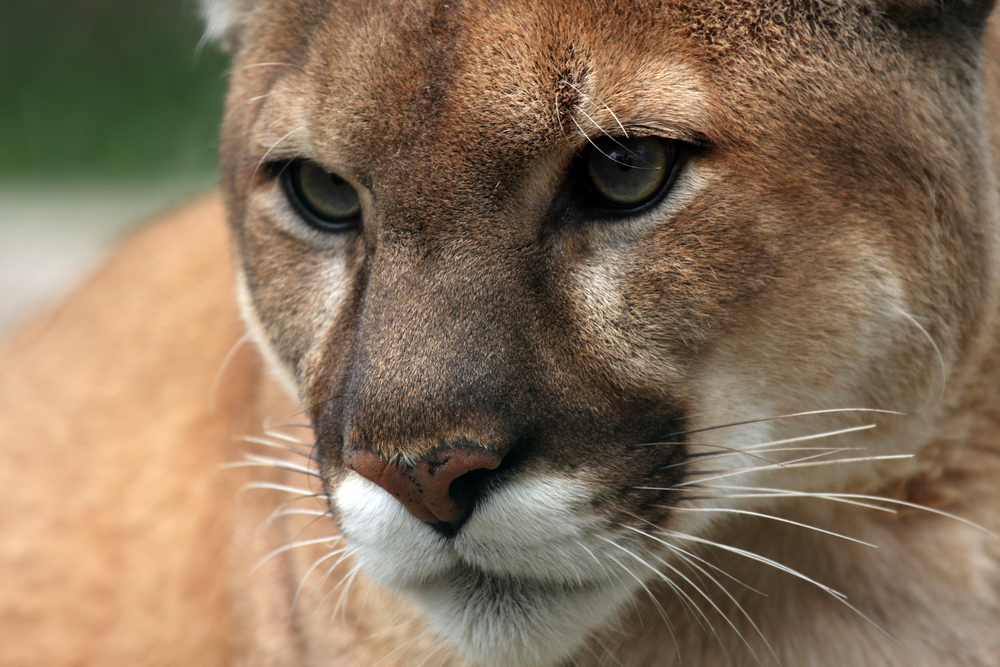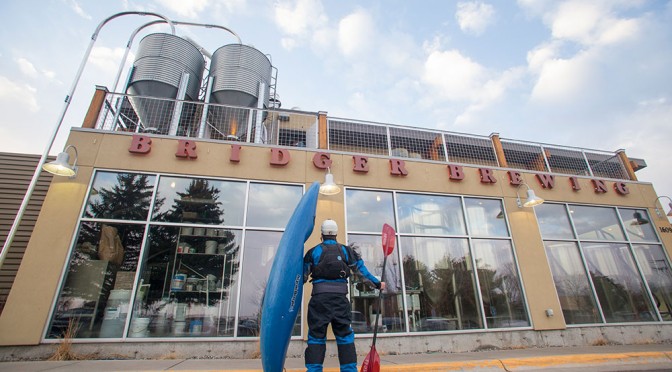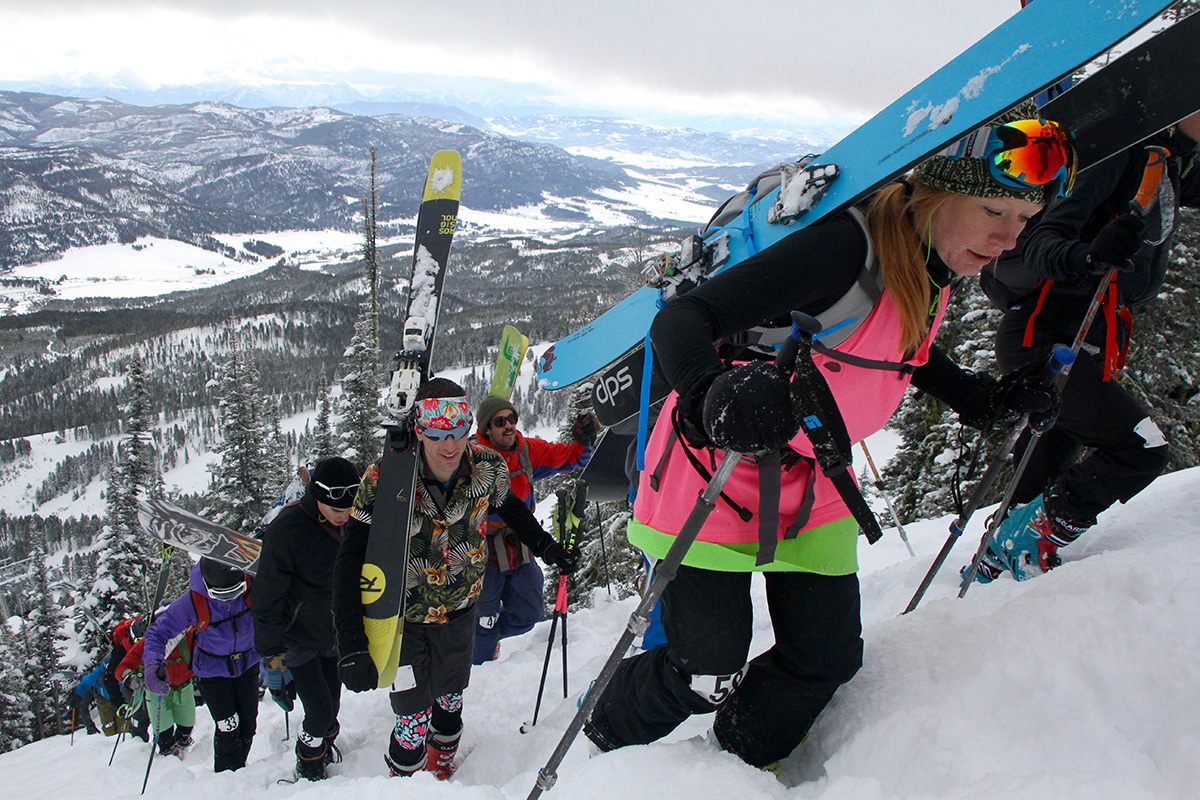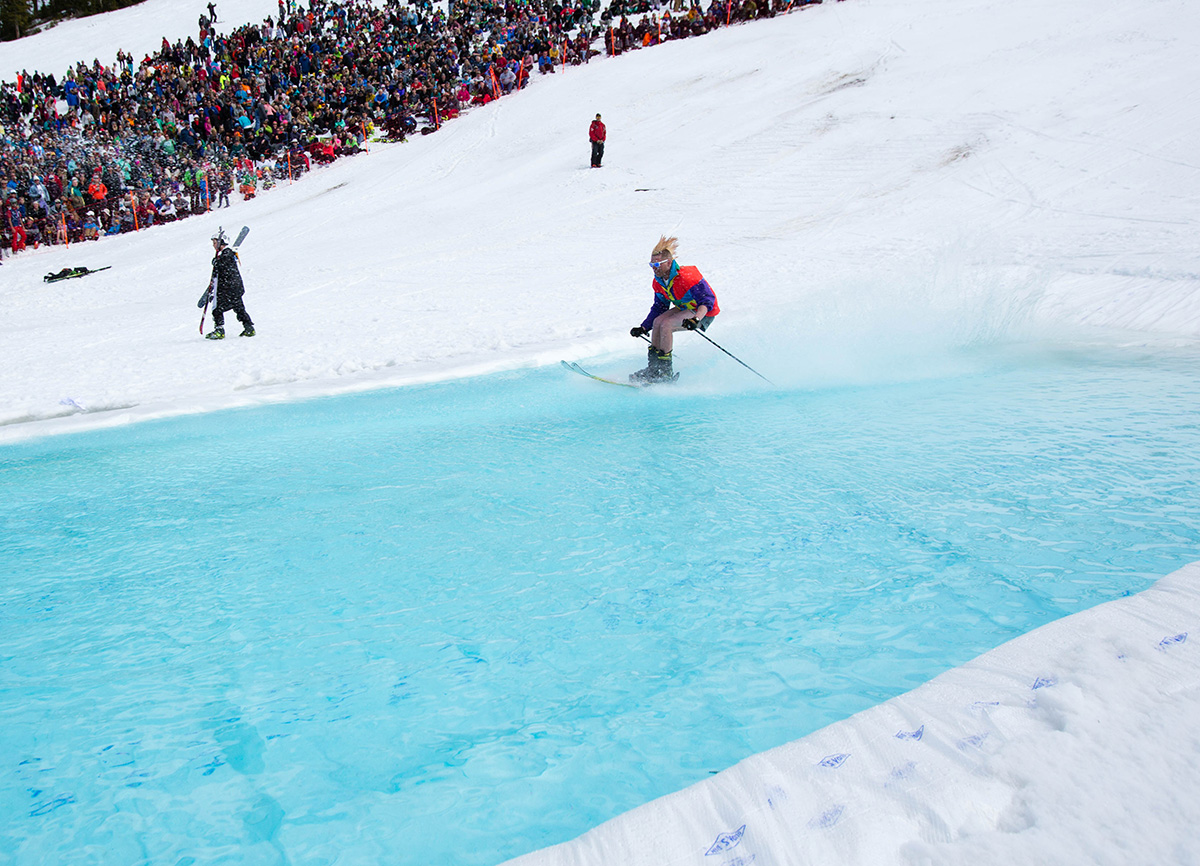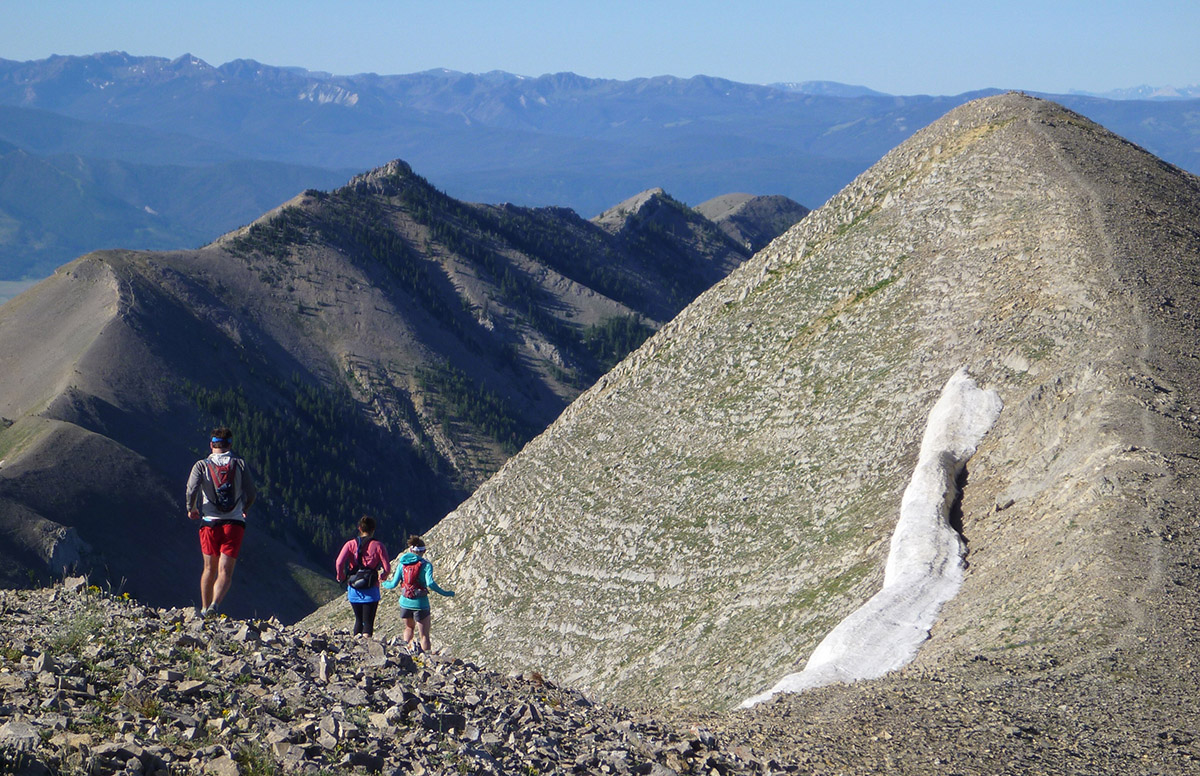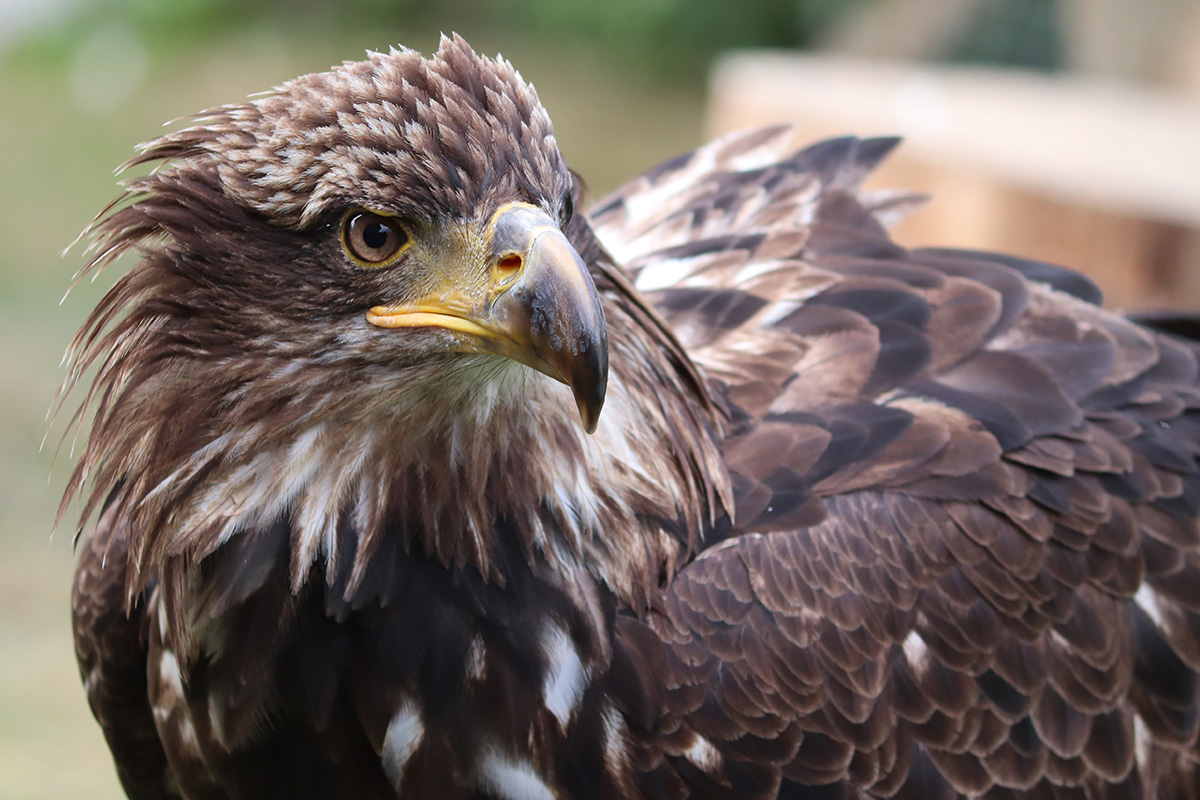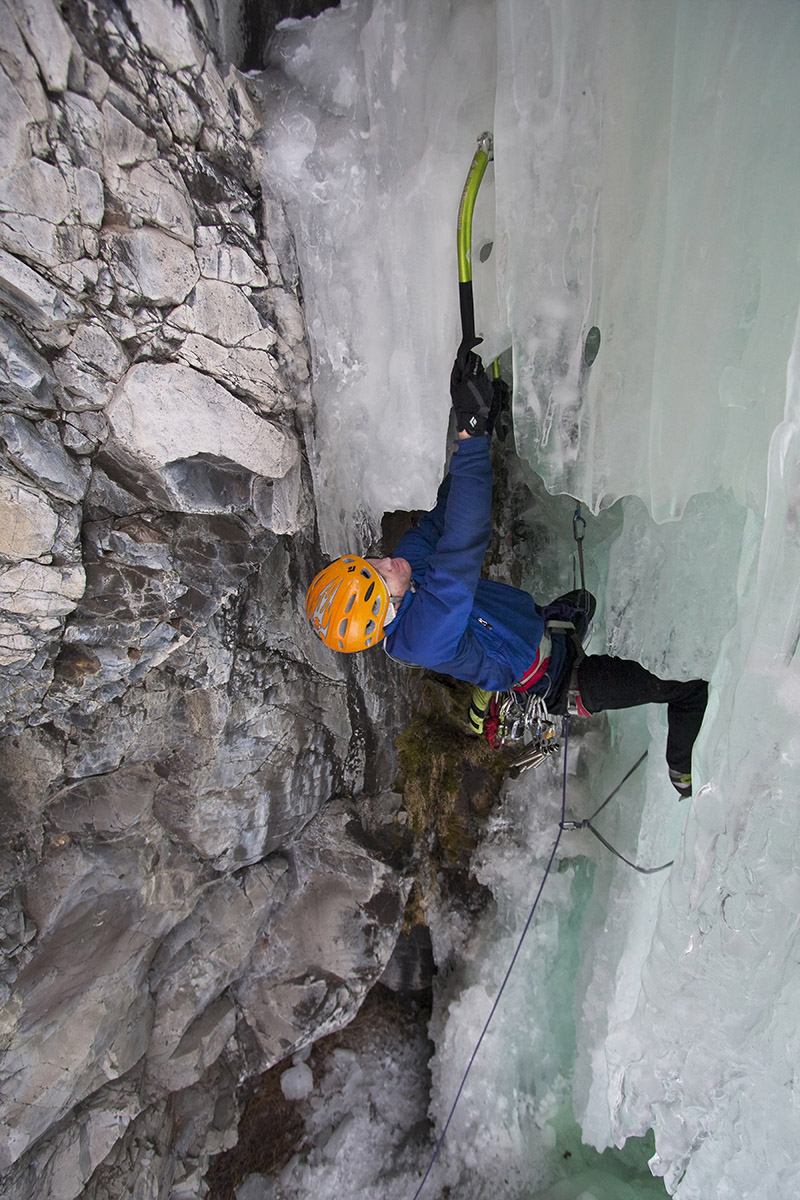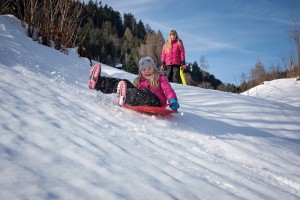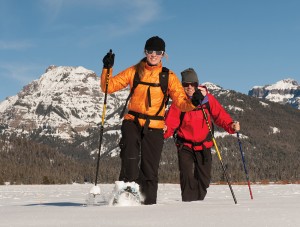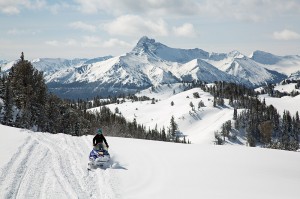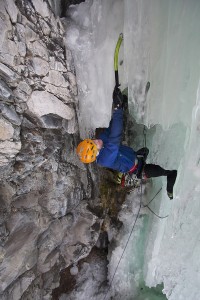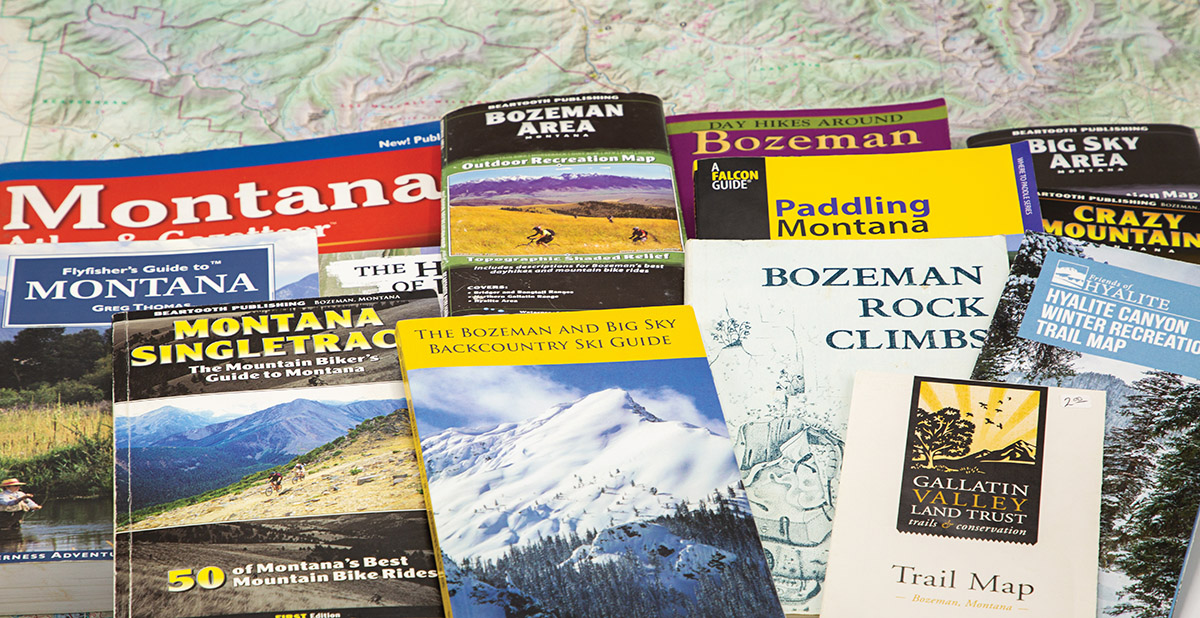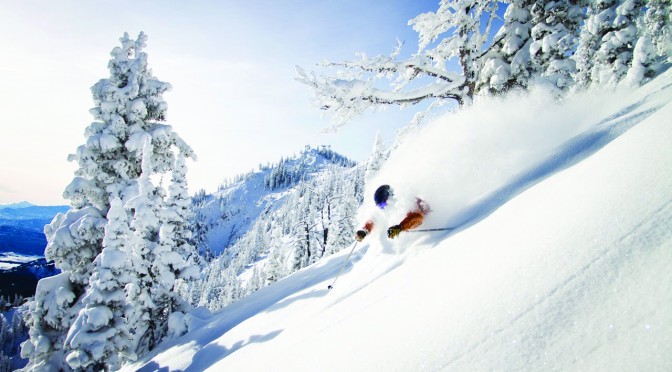by the editors
Few places rival Bozeman’s accessibility to trails. Like a spider web from city center, hundreds of miles of dirt paths lie at our fingertips—we only need to hop on and take off. In and around town, the Gallatin Valley Land Trust manages dozens of miles of trail. In the mountains, the Forest Service, Bureau of Land Management, State of Montana, and National Park Service handle thousands more. There are options for all seasons and all inclinations, so no matter your passion, Bozeman’s got you covered.
Essential Gear
Depending on your choice of sport—walking, hiking, running—your gear will vary slightly, but there are some common items all trail users need. First, food and water. This varies based on the length and difficulty of the outing, but for anything more than a quick jaunt up Drinking Horse, fuel and hydration are good ideas. So are layers. In Montana, the weather can change in the blink of an eye, so pack a good rain shell and a light fleece. As summer turns to fall, swap out the fleece for a down coat. Store all this stuff in a small daypack, along with sun protection (cap, shades, and/or sunscreen) and a small first-aid kit. Depending on the activity, the right footwear may be your most important consideration. Runners should invest in trail shoes with burly lugs on the soles; hikers, get boots with good ankle support. Always remember that you are in bear country. Pack bear spray, know how to use it, and be smart.
Where to Go
Before heading out, know your fitness level, use it to guide your trail choices, and don’t rely on one website to be entirely accurate—do your research. Here’s a rough guide to some of the most popular trails by difficulty level.
Easy
History Rock
Where: Hyalite Canyon
Popularity: High
Round trip: 2 miles
Best for: Shady jaunt
Bozeman Creek
Where: Gallatin Range
Popularity: High
Round trip: Up to you
Best for: Casual run or ride
South Cottonwood
Where: Gallatin Range
Popularity: High
Round trip: Up to you
Best for: Creekside sauntering
Moderate
Sypes Canyon
Where: West Bridgers
Popularity: High
Round trip: 4 miles (to overlook)
Best for: Quick-hit escape
Lava Lake
Where: Gallatin Canyon
Popularity: High
Round trip: 6 miles
Best for: Close-to-home backpacking
Sacagawea Peak
Where: North Bridgers
Popularity: High
Round trip: 4 miles
Best for: Mountain-goat sightings
Difficult
Storm Castle
Where: Gallatin Canyon
Popularity: Medium
Round trip: 5 miles
Best for: Gallatin River views
Lower Mt. Ellis
Where: Gallatin Range
Difficulty: Medium
Popularity: Medium
Round trip: 6 miles
Best for: Sweeping views
Events
Bozeman’s outdoor calendar is full of trail-related events year-round. There are always ways to get involved and give back, not to mention the dozens of races, community hikes, and weekly fun runs to be aware of. Here are some highlights (a comprehensive calendar can be found at outsidebozeman.com/events).
May
Cleanup Day – Hyalite Canyon. After a long winter, Hyalite needs some love. Pitch in for a morning, bagging trash and tidying trailheads. hyalite.org.
May-June
GVLT Discovery Walks – Bozeman. Meet new people and make new friends on these one-hour, guided walks along the Main Street to the Mountains trail system. 80+ miles await, all of which are right here, in and around town. gvlt.org.
June
Summer Trails Challenge – Bozeman. Every mile you log on area trails earns real money to support GVLT and its mission. gvlt.org.
June 5
National Trails Day – Bozeman. This is the best day to give back to the trails that give us so much. Almost every trail-related nonprofit in town has a work day scheduled, so you’ll have plenty of options to choose from. gvlt.org.
June-August
MWA Wilderness Walks – SW MT. When you’re ready to go deep, sign up for a guided hike into a Wilderness Area near Bozeman. Naturalist-led, these outings instill a greater appreciation for our protected landscapes while imparting useful information about wild nature. wildmontana.org.
August
Hyalite Fest – Hyalite Canyon. Head up to Bozeman’s favorite backyard rec area for a fun run, day hikes, and a general celebration of all things Hyalite. hyalite.org.
September 26
National Public Lands Day – Bozeman. Around here, we use public lands all the time, which means they need a little TLC every year. Use this last Saturday of the month to go for a hike, do some trail maintenance, or find a new trail run. gvlt.org.
October
Cleanup Day – Hyalite Canyon. Summertime is hard on Hyalite, so help give the place a facelift by picking up trash at trailheads. hyalite.org.
Editor’s note: Dates are subject to change based on weather and other factors. For the most updated information, visit outsidebozeman.com/events.

